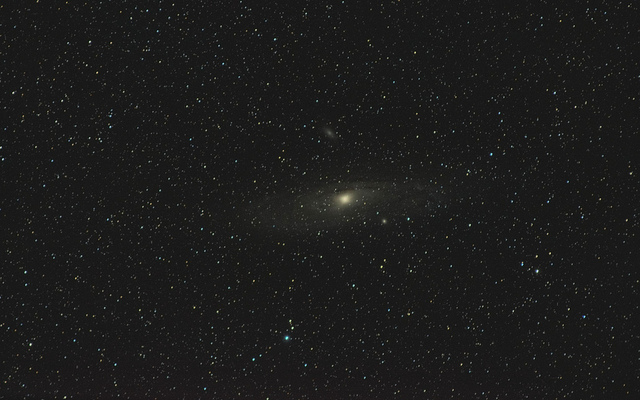Exposing for 3 seconds is very short if we’re talking astrophotography. We are used to exposures of at least a couple of minutes, so what could we possible image with 3 seconds exposures? Well, actually quite a lot! Why use 3 second exposures? Shooting at 200mm with my Nikkor 80-200mm F2.8 lens, the longest exposure you can use when using a static tripod is 3 seconds before the stars will turn to elongated and start…
Read MoreNikkor 80-200mm F2.8
The Nikkor 80-200mm F2.8 has been my favourite lens from the start. For daytime and wildlife photography I loved the sharpness and the DOF you get with this lens. Of course it is great that this Nikkor offers you 200mm at F2.8!
Testing it out for astrophotography resulted in mixed feelings: It delivers pinpoint and error free stars at 80mm already at F2.8, but it starts showing deformed stars in 2 corners quite quickly when using it at higher focal lengths. At 200mm the center of the image is still really good, but the corners (or at least 2 of them) have quite severe errors.
This makes this lens very usable at 80mm and perhaps on 200mm if the center of the image is most important. However, on widefield images of the milky way for instance where you have lots of stars in the whole fov, it is less usable.
Check out the results in the postings below about the Nikkor 80-200mm F2.8 for astrophotography.

